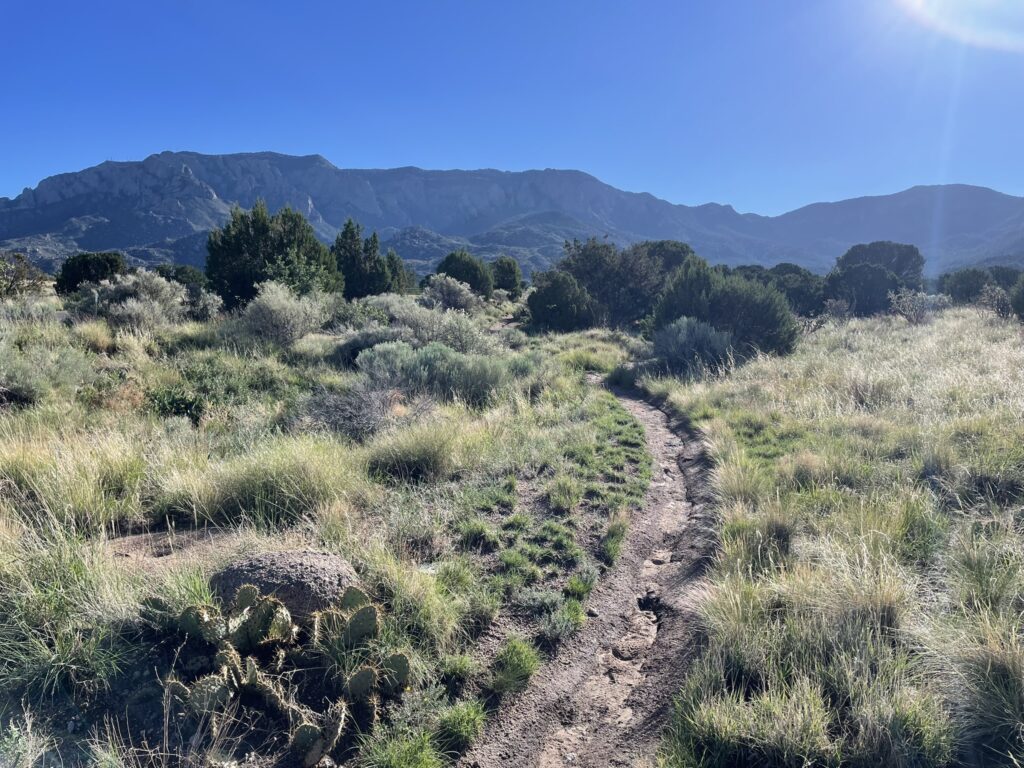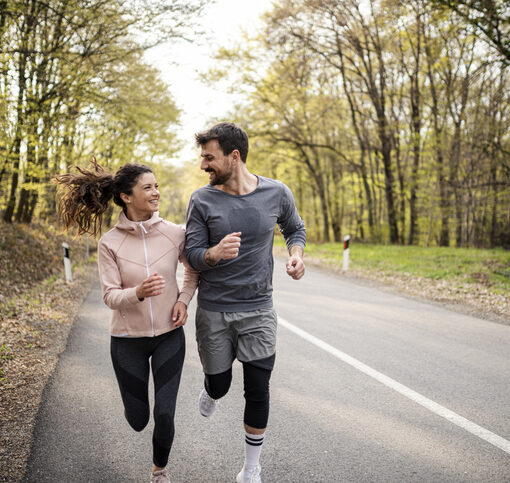The best surfaces to run on are the ones that put the least stress on your joints and connective tissue, such as dirt and trails, but these are not always available. There are other surfaces to run on which have advantages and which will also fit into your training the best. To learn what they are and the pros and cons, scroll down.

A Runner’s Guide to the Best (and Worst) Surfaces
Ever stop to think about what’s under your feet when you run? It might seem like a minor detail, but the surface you choose to pound the pavement on—or trail, or track—can have a massive impact on everything from your performance to your risk of injury.
Your body is a remarkable machine, but every stride sends an impact force, let’s call it , reverberating up your legs. The surface you run on can either absorb or amplify that force. So, which surface reigns supreme? The answer, like most things in running, is: it depends.
Let’s break down the pros and cons of the most common running surfaces to help you choose the best path for your next run.
1. Asphalt (Roads)
This is the bread and butter for most urban and suburban runners. Roads are accessible, predictable, and where most official races are held.
- Pros:
- Accessibility: You can step out your front door and start running.
- Speed: The firm, smooth surface provides excellent energy return, making it ideal for tempo runs and race-pace efforts.
- Consistency: You know what you’re getting. No surprise roots or rocks.
- Cons:
- Hardness: While softer than concrete, asphalt is still an unforgiving surface. The repetitive impact can lead to stress-related injuries like shin splints and joint pain over time.
- Camber: Roads are often sloped towards the curb for drainage. Running consistently on one side can create imbalances in your hips and legs.
- The Verdict: A great, reliable option for race training and everyday runs, but it’s wise to mix it up. Try to run against traffic (for safety) and vary your route to avoid consistently running on a sloped surface.
2. Concrete (Sidewalks)
Often the convenient alternative to running on the road, but your joints might beg to differ. Concrete is the undisputed king of hardness.
- Pros:
- Safety: It separates you from vehicle traffic.
- Cons:
- Maximum Impact: Concrete is estimated to be about 10 times harder than asphalt. That high impact goes straight to your joints with very little absorption.
- Uneven Slabs: Cracked or raised sidewalk sections are a major tripping hazard.
- The Verdict: Avoid it if you can. If you must run on a sidewalk for safety, be extra vigilant and consider shoes with maximum cushioning. Your knees and shins will thank you for choosing asphalt or a softer surface when possible.
3. Trails (Dirt, Gravel, Woodchips)
For those looking to escape the urban jungle, trails offer a fantastic alternative that benefits both body and mind.
- Pros:
- Low Impact: Natural surfaces are much softer, significantly reducing the stress on your bones and joints.
- Strength Building: The uneven terrain forces you to engage smaller stabilizing muscles in your ankles, hips, and core, making you a stronger, more resilient runner overall.
- Mental Health: Being in nature is a proven stress-reducer. What’s not to love?
- Cons:
- Injury Risk: Roots, rocks, and mud increase the risk of a twisted ankle or a fall.
- Slower Pace: You naturally run slower on trails as you navigate the terrain.
- The Verdict: An excellent choice for reducing impact and building functional strength. Invest in a good pair of trail-specific shoes for better grip and protection. Keep your eyes on the path immediately ahead of you to avoid trips.
4. Treadmill
The “dreadmill” to some, a lifesaver to others. The treadmill offers a controlled environment that can’t be beaten for convenience.
- Pros:
- Cushioning: Most modern treadmills have decks designed to absorb impact, making them one of the most forgiving surfaces.
- Control: You can precisely control your speed, incline, and pace, which is perfect for structured workouts like interval training.
- Convenience: Bad weather? Too dark? No problem. The treadmill is always ready.
- Cons:
- Monotony: It can be mentally challenging to run in one spot.
- Doesn’t Perfectly Mimic Outdoor Running: The moving belt assists with leg turnover, so your hamstrings don’t work as hard. To compensate, set the incline to 1-2%.
- The Verdict: A fantastic tool for specific workouts and for days when running outside isn’t an option. It’s a joint-friendly surface that has a definite place in a well-rounded training plan.
5. Synthetic Track
The springy, reddish-brown oval is the ultimate surface for speed.
- Pros:
- Optimal Cushioning: A track surface is engineered for the perfect balance of shock absorption and energy return. It’s designed to make you feel fast.
- Perfectly Flat & Measured: Ideal for nailing your splits during speed work without worrying about hills or traffic.
- Cons:
- The Turns: Constantly turning in the same direction (counter-clockwise) can put asymmetrical stress on your body.
- Mind-Numbing: Running in circles can get old, fast.
- The Verdict: The best surface for speed sessions and interval training. For longer workouts, be sure to switch directions every so often to balance out the forces on your body.
The Final Lap: Variety is Key
So, what’s the single best surface to run on? There isn’t one.
The ideal training plan involves running on a variety of surfaces.
- Use asphalt for your bread-and-butter mileage and race-specific training.
- Jump on the track for your weekly speed work.
- Hit the trails for your long, slow runs to build strength and give your joints a break.
- Use the treadmill when you need a controlled, cushioned, and convenient workout.
- And try to limit your time on concrete to a bare minimum.
By mixing it up, you challenge different muscle groups, reduce the risk of repetitive stress injuries, and keep your runs mentally fresh and engaging. Listen to your body, choose the surface that feels right for the day, and happy running!



